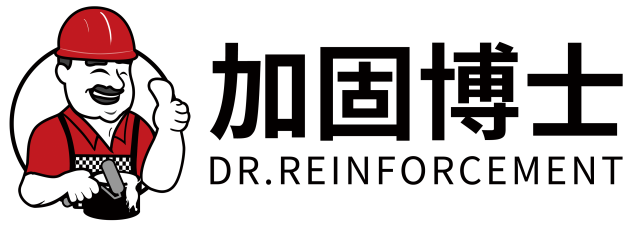Understanding Carbon Fiber Cloth Basics
Key Properties of High-Quality Carbon Fiber Cloth
Carbon fiber cloth is well known for its light weight, strong, which is being more and more popular in aviation, automobile industry, etc. Famed for its high strength-to-weight ratio, this material will do wonders for any products needing some sturdy lightweight performance. The tensile strength of the carbon fiber is quite variable, but is generally between 200 and 700 ksi or more depending upon the process of manufacture and the type of material employed. This difference provides manufacturers the ability to choose the right grade of carbon fiber for their application that offers the perfect blend of value and performance.
The high-quality carbon fiber clothes also features great fatigue & corrosion resistance and a long-service life even in harsh environments. This resilience also means that it’s a popular option in high traffic environments. What's more, also important is so called “modulus of elasticity” in carbon fiber – it has a significant effect on the performance of the material in the areas where you really need rigidity. In applications that require accurate control and high stiffness, the study of coating properties is necessary to fully utilise the potential of carbon fiber cloth.
Common Applications for Carbon Fiber Cloth
The wide range of applications of carbon fabric is indicative of its multi functional properties used in different fields of industries. It is commonly used to create lightweight structures like drones, bicycles, and sports equipment, as it enables the object to be stronger without carrying extra weight. Meanwhile, in aerospace, carbon fibre cloth is driving innovation as it allows the building of strong, lightweight aircraft components and therefore aids overall fuel efficiency and performance.
The automobile industry also uses carbon fiber fabric for car parts so as to enhance fuel efficiency and better performance. From body panels to cabin components, the use of carbon fiber dramatically improves the looks and performance of the car. Also, carbon fiber's biocompatibility and high strength make it useful for the medical industry in controlled implants and prosthetics. These profound properties make carbon fiber cloth capable of meeting various requirements and become an indispensable material for advanced application systems.
Factors Affecting Carbon Fiber Cloth Selection
Strength and Flexibility Requirements
The specific strength needs of your project should be considered when choosing carbon fiber cloth. The strength (tensile property) of carbon fiber cloth is divided into several grades, including low, medium and high, to meet different requirements. Furthermore, flexibility is another important factor since certain applications may require a more flexible material. For example, an automobile part may need to strike a balance between strength and flexibility to increase performance but still be durable. Measuring the ratio of strength to weight is especially important in applications such as aerospace and automobile manufacturing, where performance is paramount.
Thickness and Weight Considerations
The thickness and weight of carbon fiber cloth is a key factor in determining its use. Various jobs demand different gauges of sheet and thickness affects performance and weight of the parts. Thicker carbon fiber cloth this can provide greater strength, but it also has to be ensured that it fits the weight requirements in a project. Weight considerations are very important in fields such as aerospace and automotive engineering, as even small weight increases can lead to large performance losses. In this way studying these critical loads will allow us to achieve a compromise between lifetime and weight, in order to have a product that respects the requirements.
Comparing Carbon Fiber Cloth Weave Patterns
Plain Weave vs. Twill Weave Carbon Fiber Cloth
When choosing carbon fiber fabric, it's important to know the difference between plain and twill weaves. Carbon fiber cloth plain weaving is a simple over one under one interlacing style that provides equal strength in both horizontal and vertical directions. But this uniformity can also make it harder, or less adaptable to intricate forms. In the other hand, carbon fiber in twill weave is well acknowledged for its excellent drapability, so it is applied for more complex contour mould for most cases. This fabric has a good strength in relation with flexibility and it provides a smoother surface finish and higher formability. Knowing what weave will fit your project needs so you are able to best use carbon fiber in multiple applications from autoclave/oven installations to even aerospace interior.
Unidirectional and Quasi-Isotropic Options
The choice of unidirectional versus quasi-isotropic carbon fiber cloth depends on the load characteristics of what you are working on. One-way fabric is strength in certain direction fabric, in the force on it to follow a certain direction along the texture path, for some products it is not versatile for use in different stress points. In contrast, quasi-isotropic carbon fiber cloth gives the fabric multidirectional strength, ideal for applications in which load distribution is uneven and not symmetrical, providing a more resilient and flexible material. It is crucial to consider the strength requirements in order to choose between these types of fabrics, on which the chosen materials will be able to fulfil the requirements effectively.
Evaluating Carbon Fiber Cloth Price and Value
Understanding Carbon Fiber Cloth Price Variations
Assessing Carbon Fiber Cloth Costs The cost of carbon fiber cloth depends to a large extent on the factors that affect costs. Prices can vary widely depending on factors including the quality of the resin, the weave pattern and the production processes. For example, a roll of carbon fiber cloth of a particular unique weave pattern might be worth more due to the complexity of making it. In the same way, high-end premium materials or sophisticated procedures employed during production improve performance, and, however, they also contribute to the increase in carbon fiber cloth cost. Do your market research and make sure you are comparing prices from multiple sources to make the best bet on pricing. Doing so won’t only allow you to save money, but will also enable to get that best product that suits your needs.
Balancing Cost with Long-Term Durability
Andersson cautions that although the up-front cost of carbon fiber are going to be an issue, it has the potential to save building owners money in the long run. By purchasing good quality carbon fiber plates or clothes, you will end up with better-performing fabric, along with a longer lasting leather that doesn’t need constant replacing. When looking to make a purchase, the track record of the manufacturer and the warranties they offer is an essential factor to take into account. Rugged carbon fibre construction is capable of robust use, providing value through reduced maintenance and replacement costs. It may seem expensive choosing the best carbon fiber cloth at first, but with all the features and benefits it can offer you, it’s longer life and durability you won’t regret in the long run, thereby making the purchase of one a highly practical one.
Maintenance and Troubleshooting Tips
Proper Storage for Carbon Fiber Cloth Rolls
The quality and application of the carbon fiber cloth rolls are closely related to the storage conditions. The perfect storage method includes storing these rolls in a cool, dry place, away from direct light and excessive moisture. This is important as water and heat can damage the structure and performance of the carbon fiber over time. Furthermore, protective covers or ironing tubes are also suggested to protect against physical forces upon the cloth, so that it can remain in pristine condition until it is ready to be used for a project. Periodic examination of the storage environment is also recommended to prevent material aging and other forms of degradation. Less-than-ideal storage can cause strength and flexibility of the cloth to suffer, which may adversely affect the performance of the end product. By following these storage rules, the carbon fibre fabric retains its value and continues to be an asset.
Addressing Common Issues in Carbon Fiber Applications
Common problems in carbon fiber usage Common problems during carbon fiber applications are generally about bubbles, wrinkling, delamination and improper usage. Delamination can be prevented through appropriate curing procedures and tight quality control during the manufacturing process to ensure layers stay bonded when under strain. Frequent examination for visible defects is important during storage and application. This is important in that it can also be used to detect and fix problems before they develop into serious performance issues. Additionally, team members can be trained in best practices for working with carbon fiber. Correct training reduces the risk of improper handling, which can result in the cloth's structural integrity being compromised during the application. By keeping these troubleshooting steps in mind, you can be sure to get the most out of carbon fiber in your projects, which will help you save on costs as you end up with more successful final products.
FAQ About Carbon Fiber Cloth
What are the main benefits of using carbon fiber cloth?
Carbon fiber cloth is praised for its exceptional strength-to-weight ratio, durability, resistance to fatigue and corrosion, and versatility across various industries including aerospace, automotive, and medical fields.
How does carbon fiber cloth enhance product performance?
By offering strong yet lightweight properties, carbon fiber cloth improves the durability, fuel efficiency, and overall performance of products, making them more competitive in their respective fields.
What should I consider when selecting carbon fiber cloth?
Consider the specific strength and flexibility needs of your project, the thickness and weight of the cloth, and the type of weave pattern that best suits your application to ensure optimal performance.
What affects the cost of carbon fiber cloth?
Cost factors include resin quality, weave pattern complexity, manufacturing processes, and supplier variations. It's crucial to balance the price with the long-term durability and application suitability.
How can I maintain the quality of carbon fiber cloth?
Store carbon fiber cloth in cool, dry conditions away from sunlight and humidity, use protective covers, and conduct regular quality inspections to avoid degradation over time.


